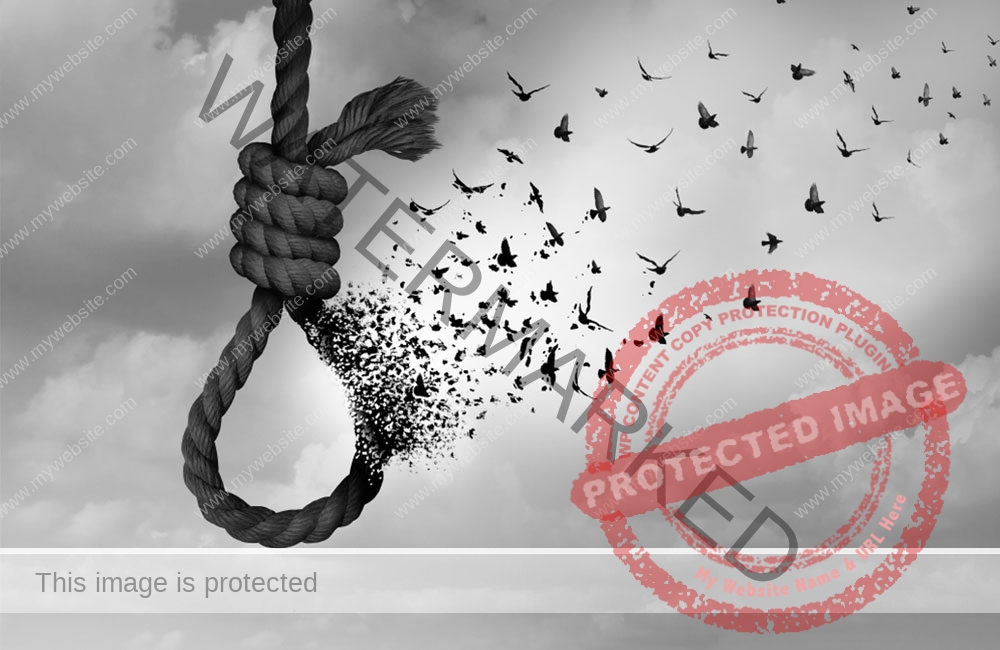WHO: Global suicide disaster calls for widely preventive action
New Delhi: On October 10, World Mental Health Day the World Health Organization are pulling attention to the high rates of death by suicide worldwide, discuss more preventive action across all countries. September 10 was World Suicide Prevention Day, on this occasion spread awareness of the global suicide crisis, the World Health Organization (WHO) have launched a campaign — called “40 seconds of action.”The campaign will culminate on October 10 — World Mental Health Day.
In 2019, the WHO decided that their attention would be on suicide prevention, suicide has become the second most common cause of premature death among teens and young adults — from ages 15 to 29 years old — in particular.
“Despite progress, one person still dies every 40 seconds from suicide,” notes WHO’s director-general, Dr Tedros Adhanom Ghebreyesus.
According to a WHO report from 2018, across the world, only 38 countries have a national suicide prevention strategy.Dr. Ghebreyesus continues, “We call on all countries to incorporate proven suicide prevention strategies into national health and education programs in a sustainable way.

“Every death is a misfortune for family, friends, and colleagues. Yet suicides are preventable”.
‘Suicide more often’
In 2018, another WHO report shows that while 79% of death by suicide cases took place in low and middle-income countries between 2000–2016,high-income countries experienced the highest rate of suicide: 11.5 deaths per 100,000 people majorly about three times as many men as women die by suicide.
The WHO also record some of the most common methods that make it easier death by suicide, the top three beings: hanging, self-poisoning with pesticides, and firearms.
Now, the WHO are urging countries across the world to up their suicide prevention strategies, noting that there are a few demonstrably effective approaches.
These include:
. accountable reporting of suicide cases in the media.
. nationwide programs helping young people to develop appropriate life skills.
. determining those most at risk of suicide and providing them with the coping strategies they need.
. restricting people’s access to the means for suicide

This year the WHO has published a document offering recommendations for pesticide registrars and regulators in the context of suicide prevention. In many countries pesticide is easily accessible which affect death by suicide.
“Overall, pesticide poisoning accounts for as many as one in every five of the world’s suicides,” the WHO document states. Yet, it continues, “appropriate action by pesticide registrars and regulators has the potential to save thousands of lives every year.”
The WHO offers the example of Sri Lanka and Korea, Where tighter regulation of pesticides has led to 50- 70%.An estimated 93,000 lives this action has saved — between 1995–2015 in Sri Lanka. Similarly in Korea is dropped 50% after banning.
However, to plan for better suicide prevention strategies, the WHO stressed the need for better data on suicide rates.
Countries around the world, WHO officials now urge, must improve the collection of data regarding suicide if they are to address the global suicide crisis.

The WHO document explains that a person with suicidal thoughts will persist in having those thoughts, suggesting that there is no way to prevent suicide effectively.
“Heightened suicide risk is often short term and situation-specific. While suicidal thoughts may return, they are not permanent, and a person with previously suicidal thoughts and attempts can go on to live a long life.”




